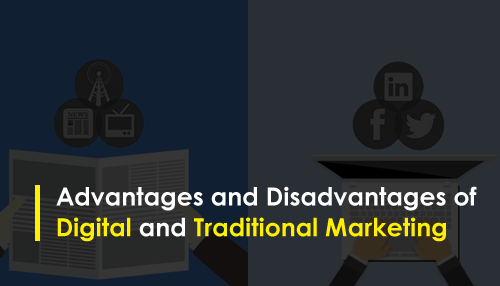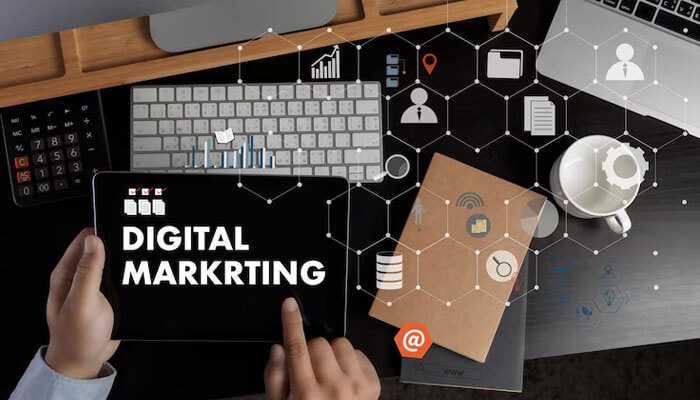As digital marketing continues to thrive, more and more people are wondering if the days of traditional marketing are numbered. There’s no debate about which method is more popular, but does that mean that we no longer need to use the old, proven methods? People tend to quickly abandon the old ways once the new ones appear, and they simply switch completely to whatever is working at the moment. The Pros & Cons of Digital and Traditional Marketing” delves into the comparative merits and drawbacks of both digital and traditional marketing approaches.
Naturally, we can’t deny the global trend of digitalisation in many aspects of our life and the improvements it’s brought about, but we might need to stop for a moment to think whether we can still utilise some methods and benefits that traditional marketing offers. Let’s take a look at what both methods can offer and how we can use them.
++Traditional marketing–
Every tangible item used for promoting business is part of traditional marketing. We are talking about newspaper ads, business cards, leaflets, posters and brochures. The list also includes TV and radio commercials.
Traditional marketing has been around for quite a while, which means many people are still very accustomed to receiving information in this way. It’s an excellent method of reaching local population and you can have very good control when it comes to targeting the right audience. Also, the importance of networking was established in the days when traditional marketing ruled the roost and people still value networking, despite the current trends.
On the other hand, it’s very difficult, sometimes even impossible, to measure the results achieved by applying this method. Another disadvantage is that it is more expensive than digital marketing, but probably the greatest obstacle is its inability to interact with the audience, which is in complete contrast with the habits of modern people. People no longer want to be simply exposed to information, but actually, want to interact with the source of such information.
++Digital marketing–
The rise of digital marketing was closely connected with the technological development that has influenced our lives to a great extent. All of a sudden, people started using websites, social media, YT videos and banners to advertise their businesses. Basically, digital marketing is similar to traditional but uses digital devices. What is different, though, is that digital marketing is focused on helping people find you more easily through organic search, paid search, blog entries, or articles. The key is in exposing and making your business constantly or periodically visible to potential clients.
Modern marketing agencies are completely focused on making the most of the digital revolution and they are now offering a much wider range of services, such as lead generation and appointment-setting services. It’s much easier to measure the results and a digital campaign can reach many more people than a traditional one. There is a lot of communication and interaction between businesses and clients, and the former uses it to get crucial consumer feedback.
However, it’s not flawless. For example, it only targets those who use digital devices and there are still many people who don’t, which means they can’t be contacted using digital tools. Also, by having so many communication channels open, businesses might have their reputation destroyed in a matter of minutes if people start posting negative comments. Even if such comments are purely malicious and unfounded, the damage they can do can be irreparable.
Conclusion
Because of all the advantages and disadvantages mentioned, it’s easy to realize that despite the growing popularity of digital marketing, the best results are achieved when both methods are combined, and their respective advantages are united for the maximal impact. Depending on the type of business you’re running, you may prefer one method over the other, but you need to be aware that it’s only by combining the best of both worlds you can actually reach all those who might become or remain your customers.
What is important to understand is that one method doesn’t automatically exclude the other and your choice should depend on the type of customers you’re targeting. With the right balance, you’re probably going to see an increase in the number of clients and, consequently, income. That’s why you need to carefully take into account both the advantages and disadvantages of both methods so that you can make the right call.
About the Author:
 Carolin Petterson is a businesswoman and content marketer with years of experience under her belt. She has had the opportunity to contribute to many popular business and marketing websites.
Carolin Petterson is a businesswoman and content marketer with years of experience under her belt. She has had the opportunity to contribute to many popular business and marketing websites.



